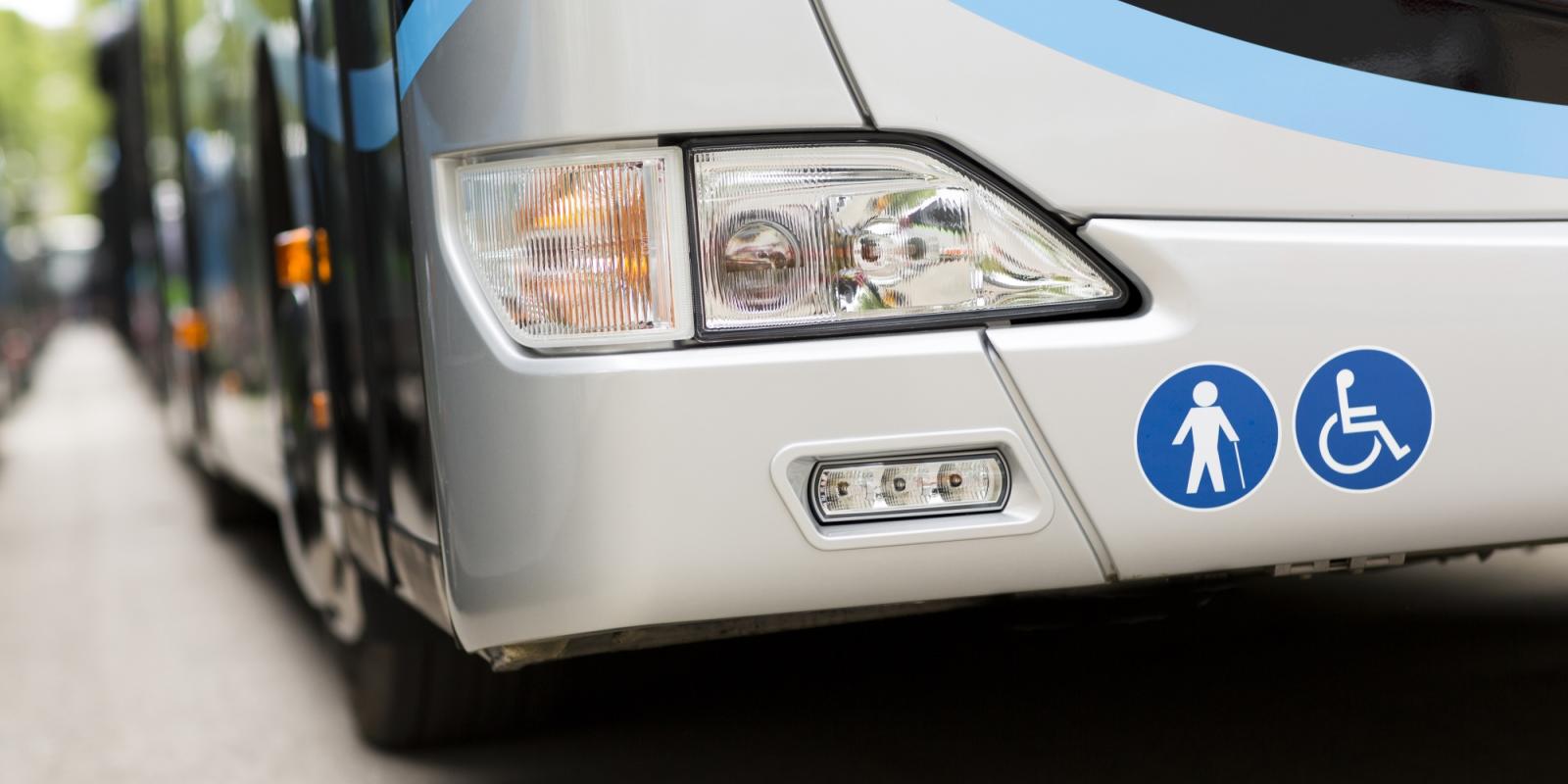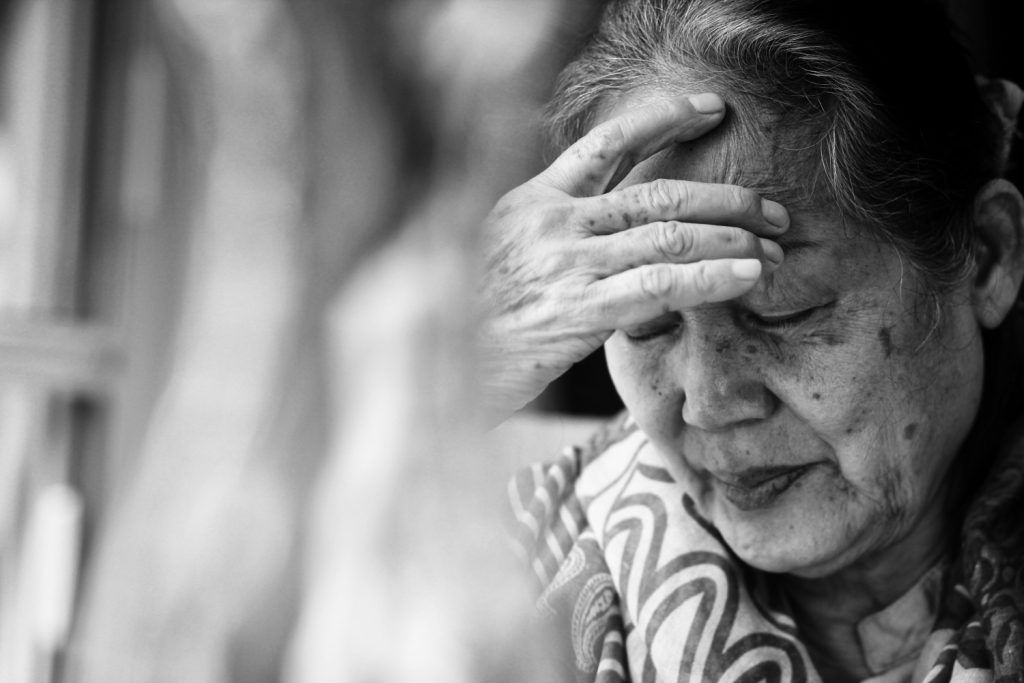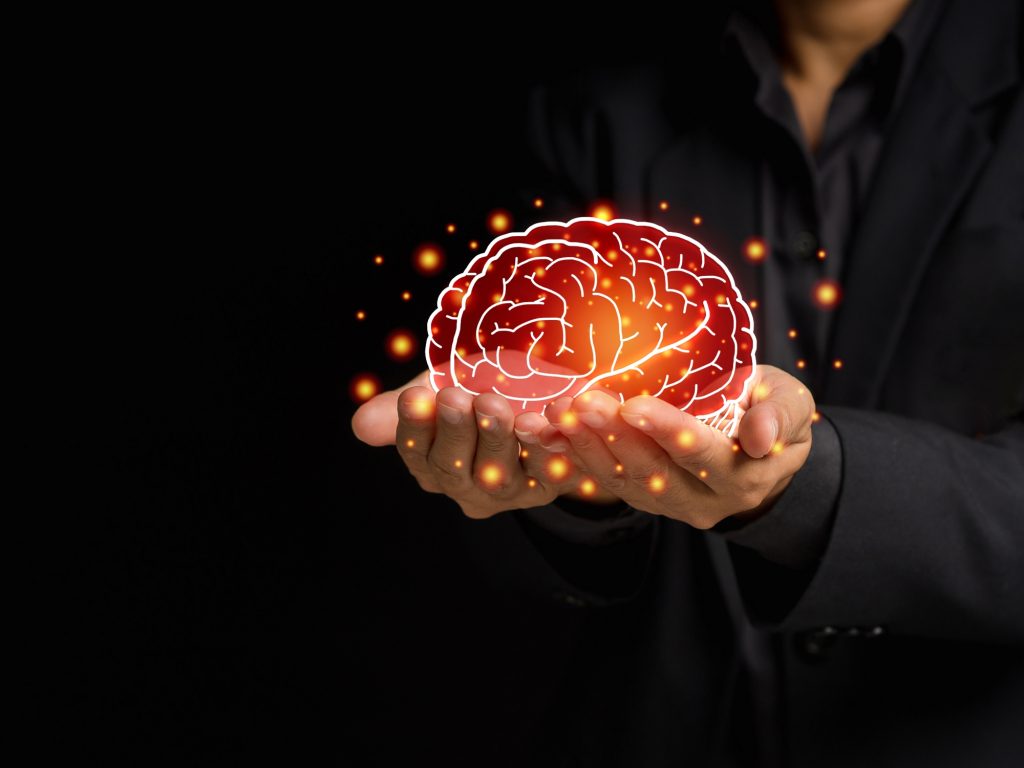It doesn’t take a lot of head-scratching to realize that much of our apprehension around aging is really about how our minds and bodies might change as we move through life. That’s not ageism, that’s ableism. It’s not actually about age: plenty of youngers live with disability and plenty of olders do not. Instead, it’s the belief that being non-disabled is “normal” and that leading meaningful, desirable lives means staying youthful and impairment-free.
We’re being ageist anytime we assign value to someone on the basis of how old we think they are, and ableist when we assign value on the basis of how we assume their minds or bodies function. We’re being ageist and ableist when we attribute capacity—or incapacity—to someone based on their age.
Why is it important to distinguish between ageism and ableism? Because we need to understand what we’re up against.
When people in retirement communities don’t want walkers cluttering up the dining room, they’re being ableist. When people who support community living for young people with disabilities think nursing homes are fine for old people with disabilities, they’re being ageist. If an employer is reluctant to hire an older person because they might retire soon, it’s ageism; if they’re reluctant because the person might require special accommodations, it’s ableism.
‘Everyone is ageist and everyone is ableist.’
When an acoustic neuroma destroyed most of the hearing in my left ear, I caught myself thinking, “At least it’s sexy brain tumor deafness instead of sad old-person deafness.” Which makes me both ageist and ableist. It took five years, and more hearing loss, for me to begin identifying as disabled. What was I waiting for?
Everyone is ageist and everyone is ableist. Although much bias is unconscious, prejudice is learned. From childhood on, we’re barraged by messages about how awful it is to grow old and how tragic it is to be disabled. Unless we stop to challenge them, such messaging becomes part of our identity and warps our sense of self and our place in the world.
Have you ever been reluctant to reveal your age? Attempted to conceal the fact that you couldn’t follow a conversation in a noisy room, or needed a railing to steady yourself? Been offended by the polite offer of a seat on the bus? All these behaviors are ageist, or ableist, or both. We all do them, no judgement. But we can’t challenge bias unless we’re aware of it. And these behaviors aren’t good for us because they’re rooted in shame about things that shouldn’t be shameful.
We olders can be the most biased of all, because we’ve had a lifetime to absorb these messages, and most of us have never stopped to challenge them. Ironically, people in aging services are far from exempt. When your expertise lies in caring for olders at the most debilitated end of the spectrum—incredibly skilled, challenging, valuable work—it reinforces a view of aging as decline. Reconciling that deficit view of old age with what we hope lies ahead for ourselves is really hard to do. Again, no judgement.
‘Olders and people with disabilities are not “other.” They are us or future us.’
This stuff runs so deep that we tend to act as though old people don’t become disabled and disabled people don’t grow old, and an ageist and ableist culture gives us cover. Part of the reluctance is just human: it’s scary to think about the loss of physical or cognitive function. Part of the reluctance is tactical. People in ageland are understandably leery of seeming to equate aging and disability.
Of course, disability and aging are different, just as Illness and disability are not the same; many disabled people will assure you that they are not sick. Likewise, aging with a disability is very different from aging into disability. It’s important to acknowledge and respect these differences. But disability and aging overlap in ways that are important to learn from and build upon.
Otherwise, we rule out collective advocacy and reinforce dual stigma: I may need help getting around but at least I’m not in a wheelchair! I may be disabled but at least I’m not old! Like a not-yet-40-year-old friend with a broken foot who chose crutches instead of a cane, because crutches signal “injured,” not “old.” That’s how prejudice works: it frames the other group as alien and lesser than ourselves. But olders and people with disabilities are not “other.” They are us or future us.
Young people have created joyous, ingenious, creative communities, many of whose members celebrate interdependence and identify proudly as disabled: I am who I am because of my disability, not despite it. Disability pride! Think what older people could learn from them about asking for help, adapting to impairment, and age pride! Think what younger people with disabilities could learn from olders about moving through life. Think how we’d all benefit if hearing and mobility aids were stripped of stigma. Let’s get interdependent!
That’s a tall order, especially in a culture that fetishizes physical and cognitive prowess, where movies and magazines idealize the outliers. In oldland, those are the “successful agers”—people who go to great lengths to try to look and move like younger versions of themselves—because, under this scenario, to age is to fail. In cripland, they’re the supercrips—people who compensate for their disability in some extraordinary way—because, under this scenario, disability is something to be overcome.
These scenarios aren’t just ageist and ableist. They’re elitist, and classist, and racist—oof. The people who embody them are almost always thin and White. The resources that make their lifestyles possible—access to healthy food, healthcare, leisure, fitness, supplements—are expensive.
All of us lucky enough to grow old—a privilege denied to many Black, Brown and disabled people—will age into impairment of some kind. As people in ageland are well aware, we age well not by avoiding chronic illness and disability but by adapting to them. These are powerful, generative processes that unite us all, and inform what it means to be human. Pretending otherwise sets us up to fail and pits us against each other.
The intersection of ageism and ableism is where many of our darkest fears reside. Illness. Incontinence. Indignity. It’s also where we encounter—in direct proportion to those fears— the potential for personal liberation and collective activism.
Ashton Applewhite is the author of This Chair Rocks: A Manifesto Against Ageism, a co-founder of the Old School Anti-Ageism Clearinghouse, and at the forefront of the emerging movement to raise awareness of ageism and to dismantle it. In 2022 the UN’s Decade of Healthy Aging platform named Applewhite one of the Healthy Aging 50: 50 leaders transforming the world to be a better place to grow older.













